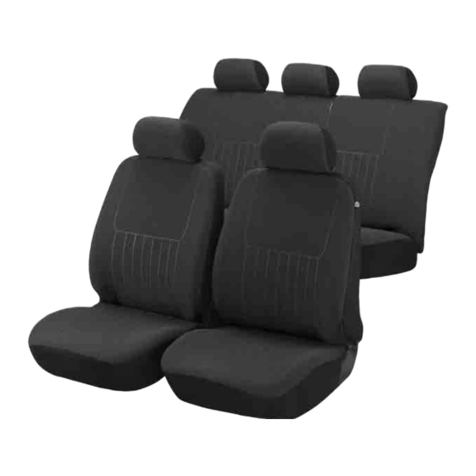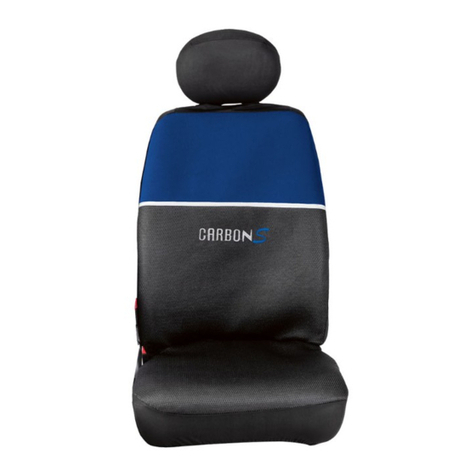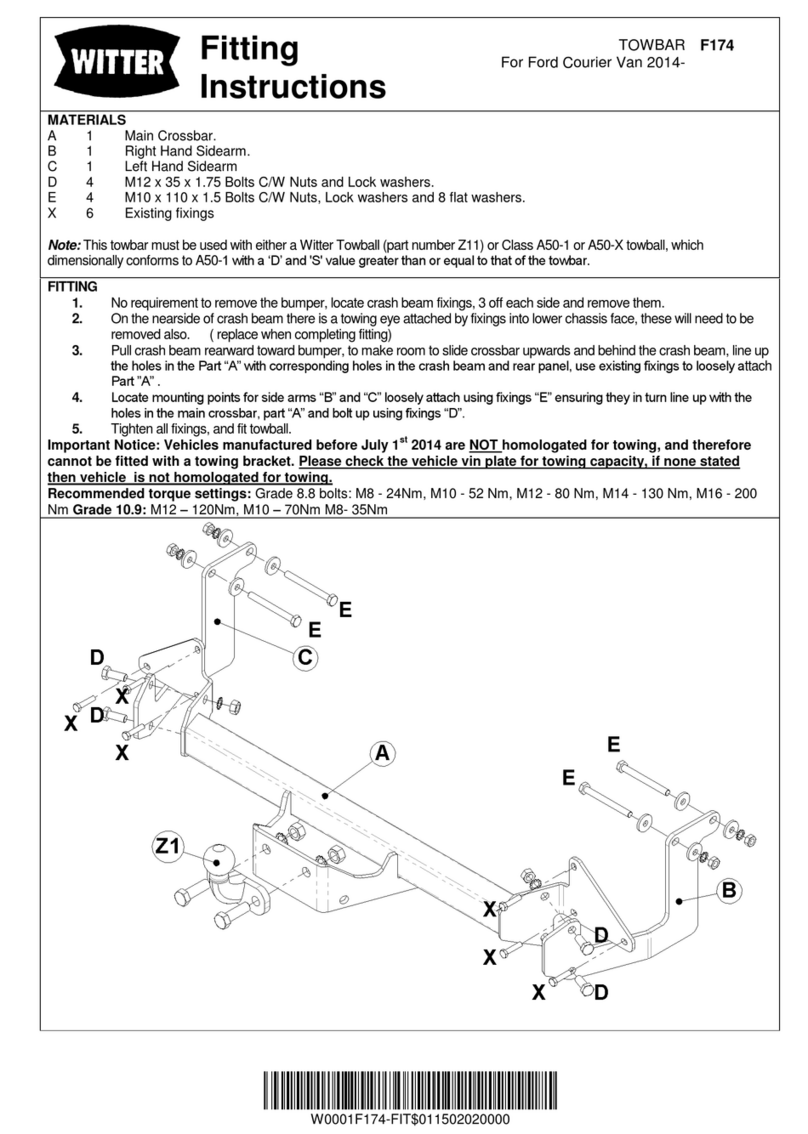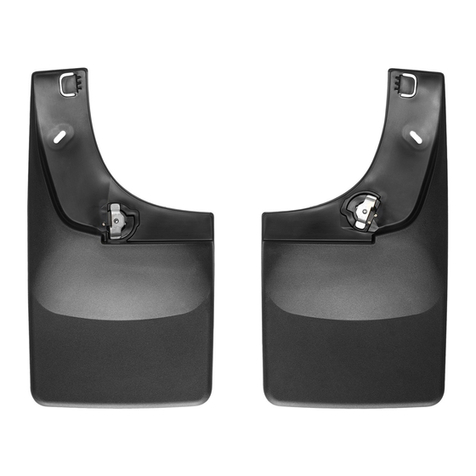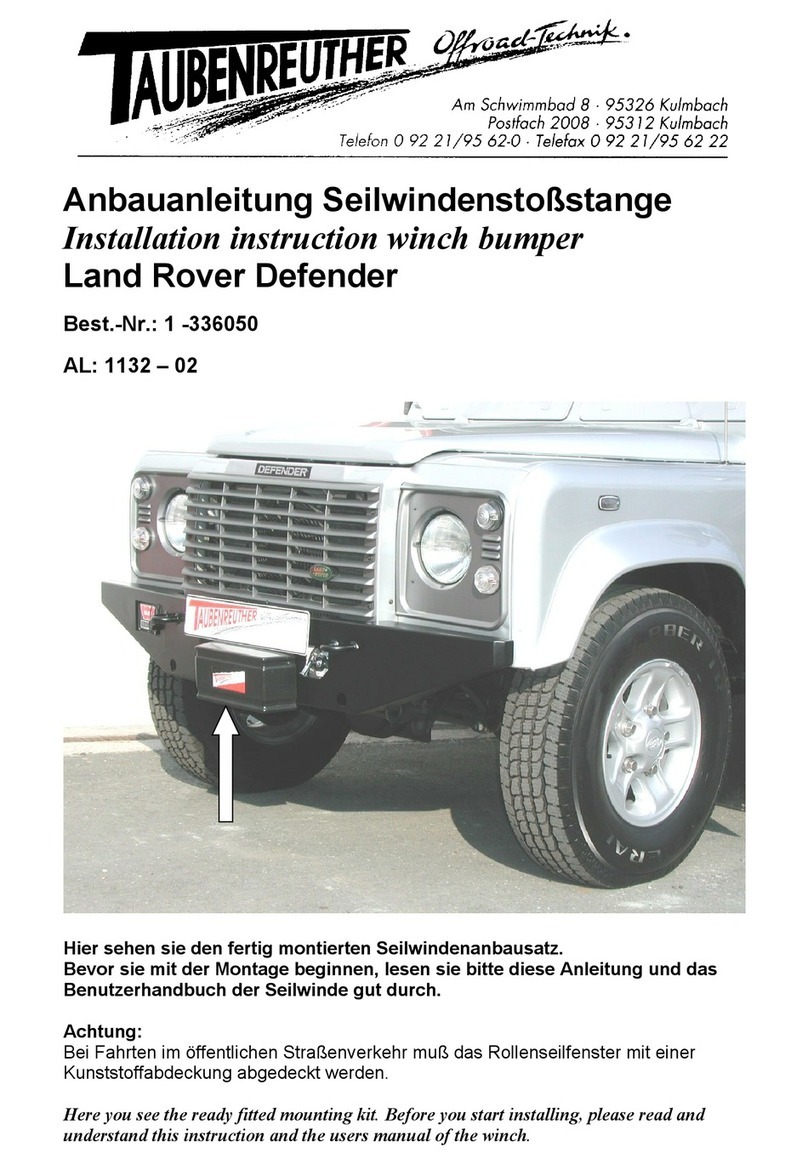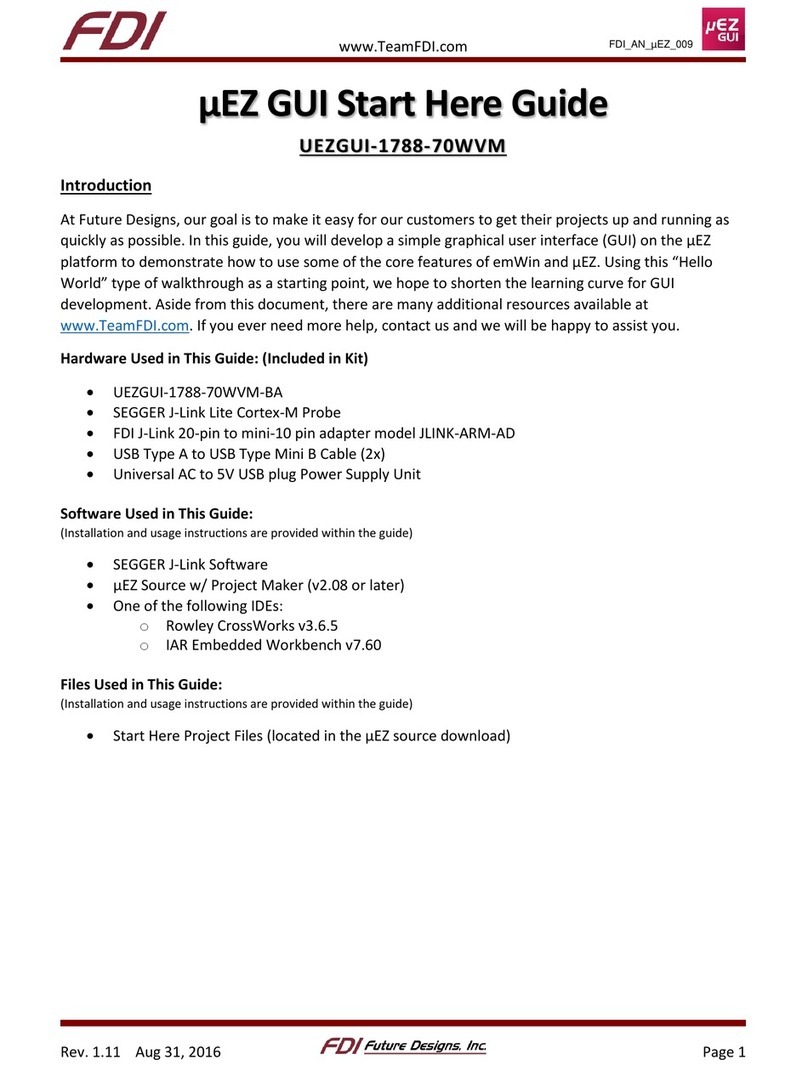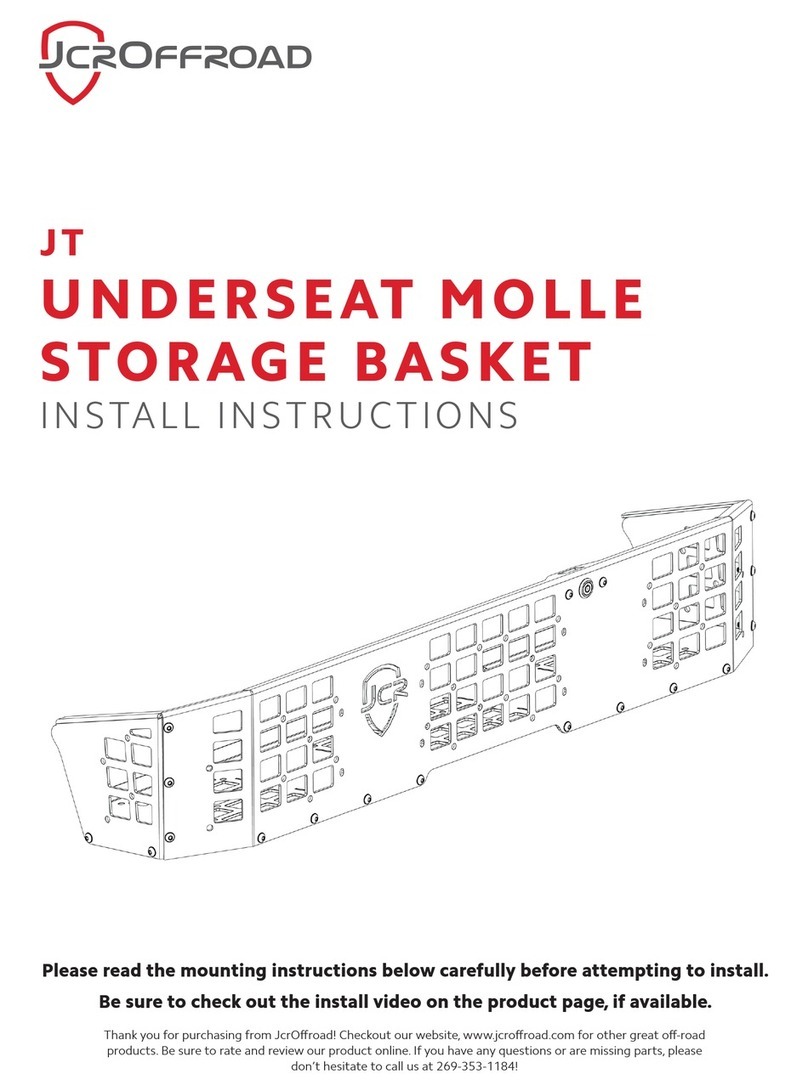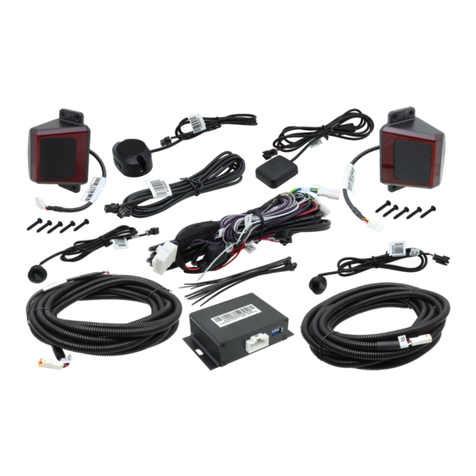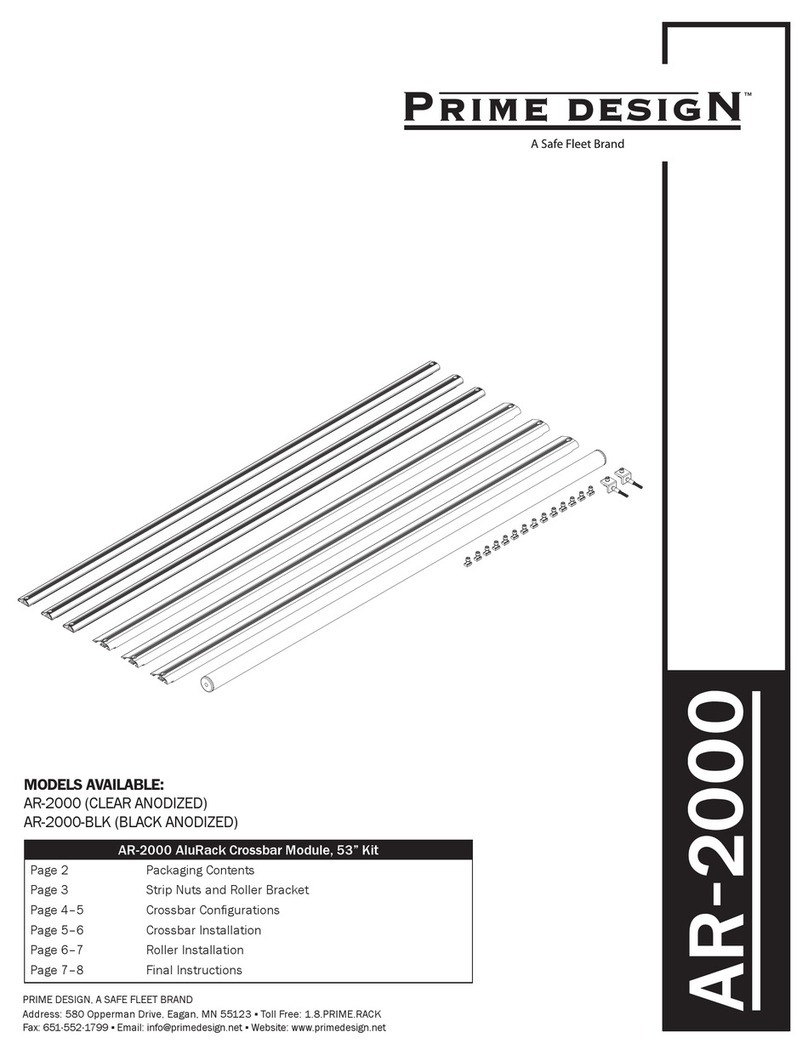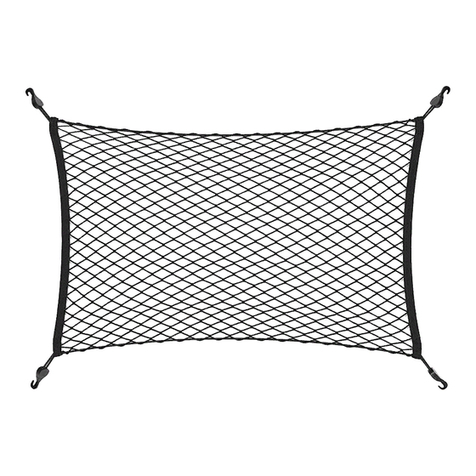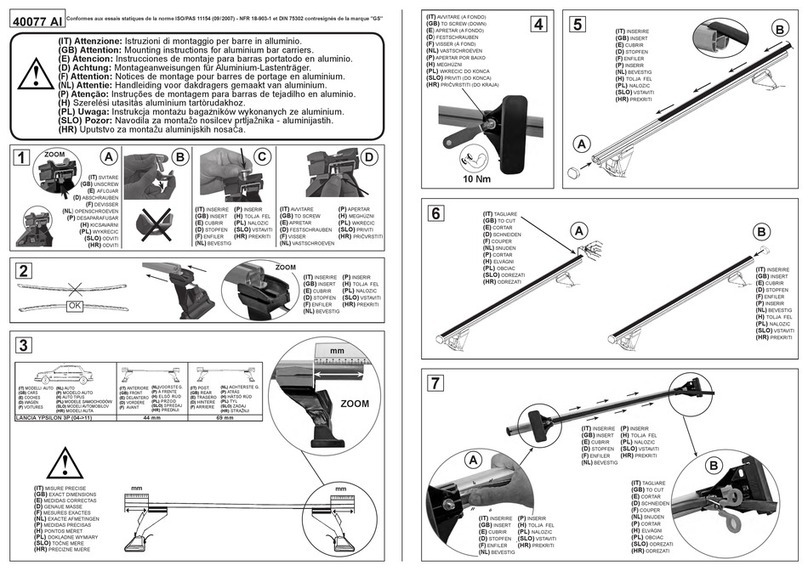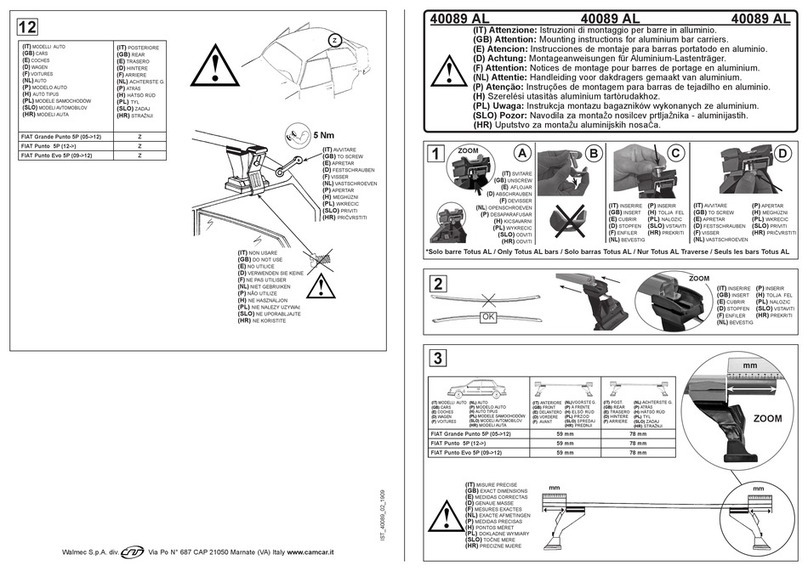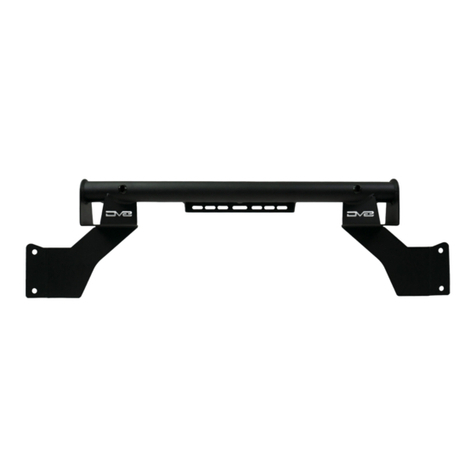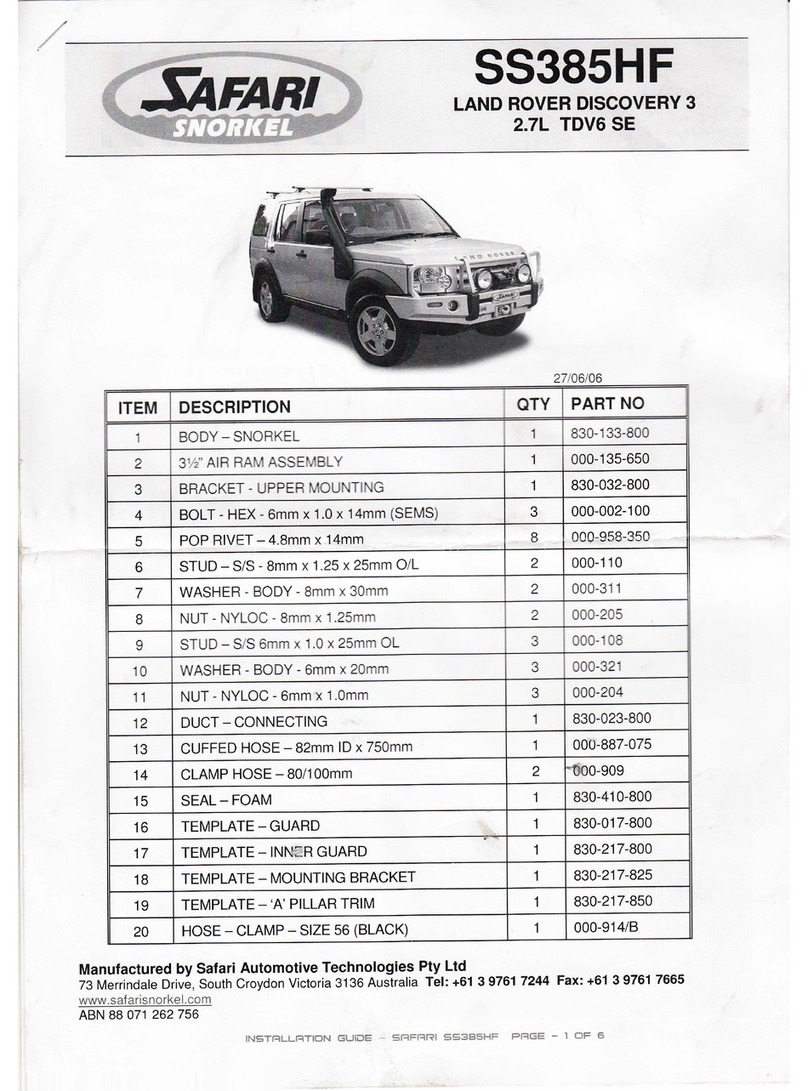Iss 8 - Mar 2019 Page 6 of 9
•Inspect ALL other connections as these may have become loose in transit.
•For all T2S type chargers connect the drain tube supplied to the bottom of the socket (Fig. A –6)
pulling the excess liquid through to the outside of the charge point.
•Close and secure the lid using the four supplied captive screws.
•Replace the cover strips.
•Ensure all cables connected to the charge point are suitably secured.
•Re-establish the electrical connection and test the RCBO for correct operation.
•The status LED should be flashing blue to indicate that the charge point is ready to charge
•Test the operation of the charge point on an EV simulation box and if possible the customers EV.
•It is recommended that you notify the local DNO that you have completed a charge point install.
This MUST however be done on an OLEV approved install. If this is a second charging install, you
must state both this and the combined current rating of both chargers.
•If at any time during the install the charge point is damaged you MUST stop the current installation
and restart it using a new charge point.
•On completion of the install, please ensure
oThe customer receives the User Guide for Viridian EV Charge point leaflet.
oThe customer receives a demonstration on how to use the charge point and its features.
oYou demonstrate the RCBO test function and instruct them to do this monthly.
oThe customer is shown how to isolate the power to the charge point in the event of an
electrical fault.
oThe customer receives information on the warranty and what to do in the event of a
claim.
oThe customer receives your contact details in case of any issues that may arise within the
warranty period. (A space has been provided at the back of the User Guide for Viridian EV
Charge point leaflet)
oFor OLEV installations: A note is taken of the Emlite meter serial number and the charge
point serial number (optionally: the customer’s name and address). Direct these to
OLEV’s requirements is suitable method).
oFor OLEV installations: Permission is obtained if passing the customer’s name and address
back to us, the manufacturer, for the purpose of record keeping and identifying the
installations.1
1The information will never be passed on to any other party or company. The information will also enable
us to produce usage data for users of our charge points if requested.
